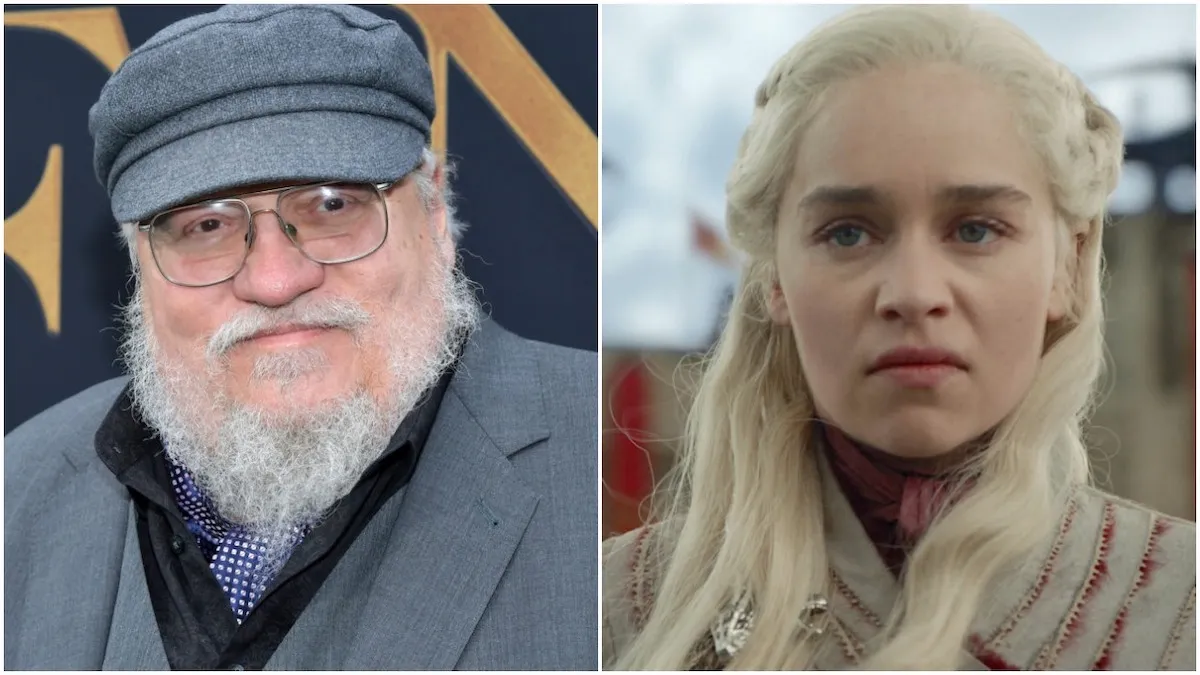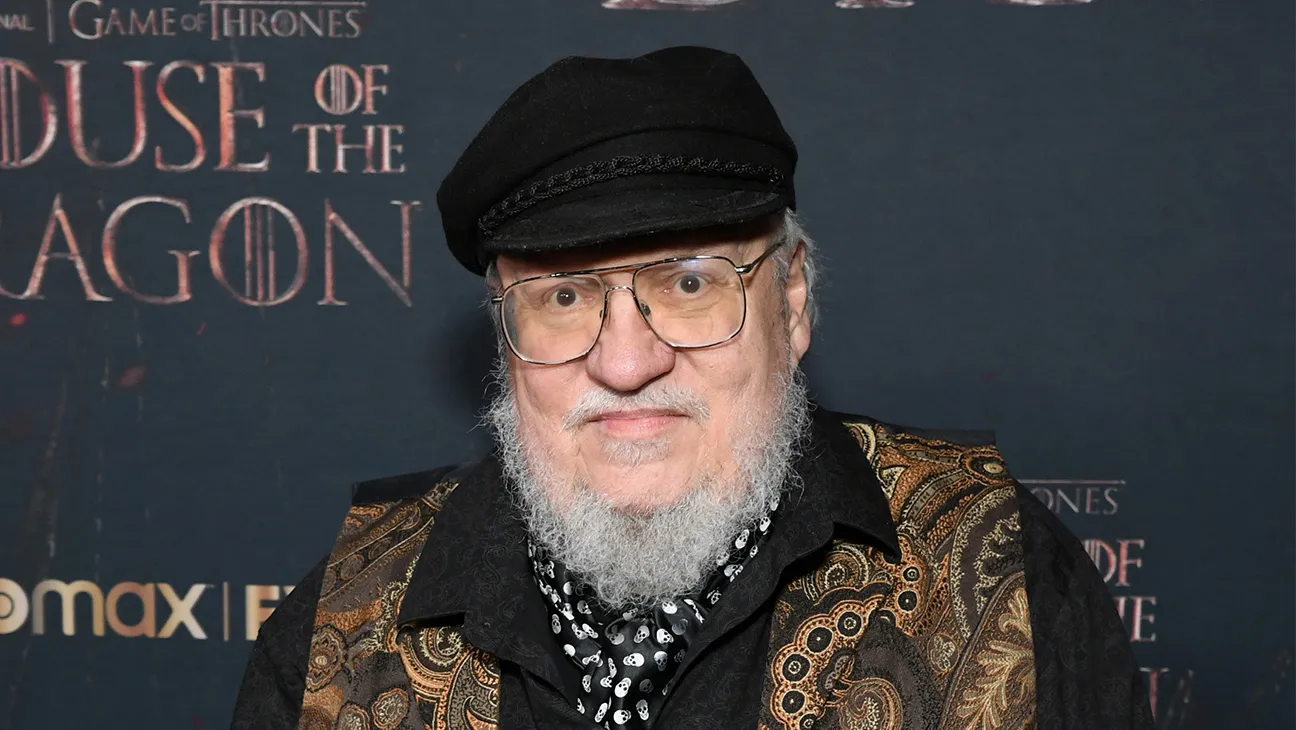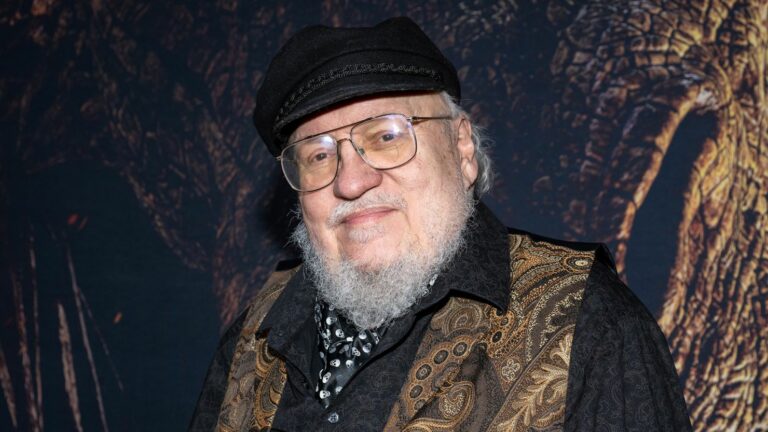George R.R. Martin’s “A Song of Ice and Fire” has undeniably carved its name into the annals of pop culture, heralding an era of epic fantasy storytelling with a dark, realistic twist. Yet, its acclaim is not devoid of controversies, particularly concerning the depiction of female characters. Martin’s works, adapted into the wildly successful HBO series “Game of Thrones,” have repeatedly come under scrutiny for their portrayal of women during the brutal conflicts that echo historical wars.

The Defense of Authenticity in Historical Fantasy
In defending his narrative choices, George R.R. Martin claims fidelity to historical accuracy concerning the treatment of women in wartime. In an interview with TIME, he expressed surprise at the backlash, stating,
I’m writing a war story, essentially — the Wars of the Roses. The Hundred Years’ War. They have ‘war’ right in the title… And when I read history books, r*pe is a part of all these wars. There’s never been a war where it wasn’t, and that includes wars that are going on today.
This statement encapsulates his stance that excluding such elements would be “fundamentally dishonest.”
Critics argue that while sexual violence is indeed a tragic reality of war, its depiction in fantasy should be handled with care to avoid normalizing or trivializing the trauma experienced by women. The series features several high-profile instances of violence against key female characters, such as Daenerys Targaryen and Sansa Stark, which have sparked debates about the balance between historical authenticity and the perpetuation of harmful stereotypes.

Female Agency and Representation in Fantasy Narratives
While Martin’s narrative does not shy away from the harsh realities faced by women, it also highlights their resilience and strategic acumen. Characters like Cersei Lannister and Daenerys Targaryen are not merely victims but are complex figures who navigate, and at times manipulate, the socio-political labyrinths of their world to their advantage. This dual depiction invites a broader discussion on female agency in fantasy literature.
Yet, the question remains: Does the frequent portrayal of women in distressing scenarios overshadow their moments of empowerment? And more importantly, does it perpetuate a view that their value in narrative and society is contingent upon their physical and emotional suffering?
The Ongoing Dialogue Around Female Characters in Media
The conversation surrounding Martin’s portrayal of female characters is reflective of a larger discourse on women’s roles in media, where often their narratives are overshadowed by their traumas. Shows like “Big Little Lies” and “The Handmaid’s Tale” have been praised for bringing women’s inner lives and struggles to the forefront, yet the challenge remains to ensure these characters are seen as more than the sum of their adversities.

In conclusion, while George R.R. Martin’s approach to depicting the brutal realities of his fantasy world remains a polarizing topic, it serves as a critical point of reflection for creators and audiences alike. As the genre of fantasy continues to evolve, the hope is that it moves towards more nuanced portrayals that recognize women’s complexities beyond their sufferings or sexualities, fostering a richer, more inclusive storytelling landscape.
